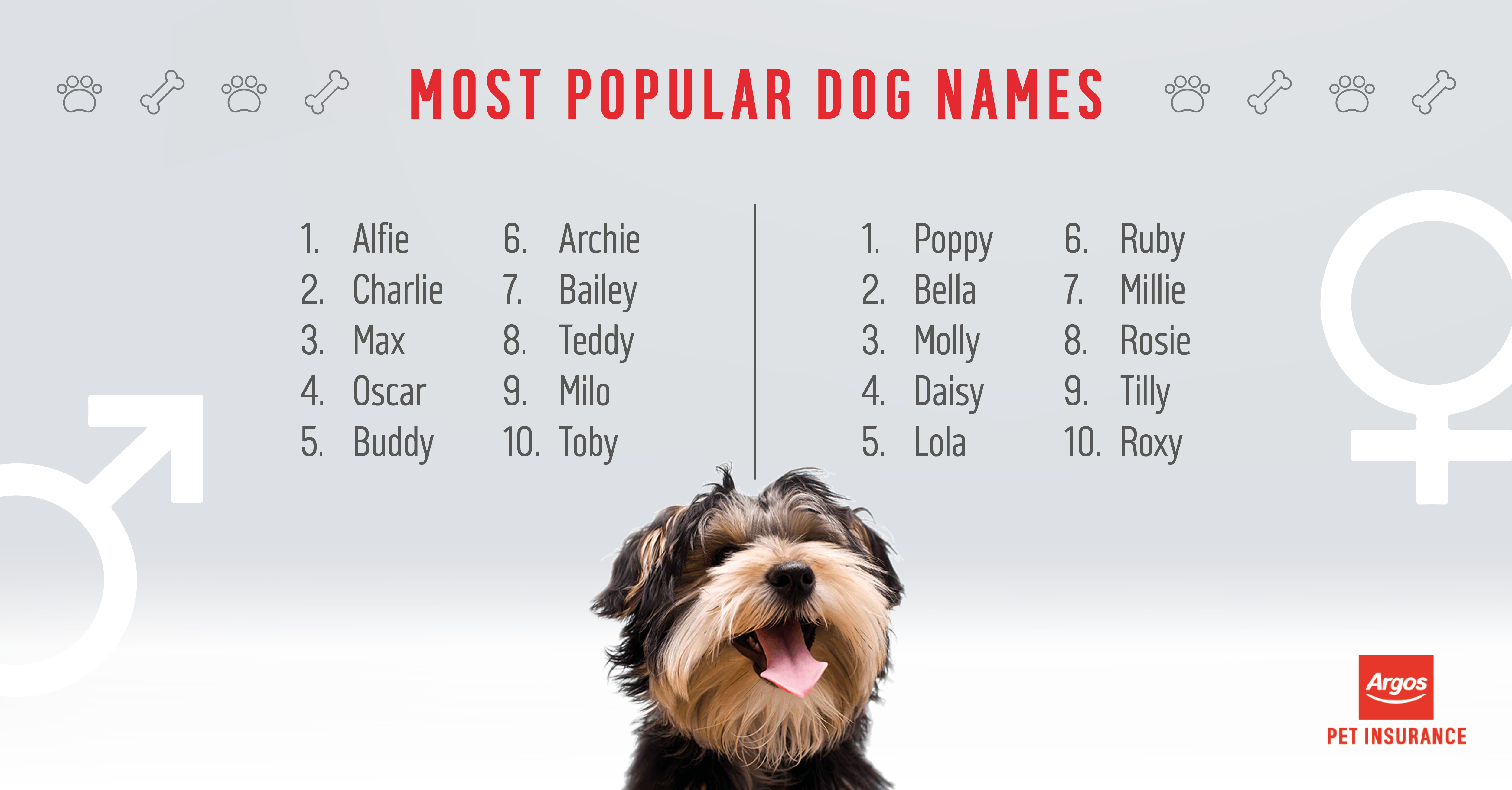
Introduction
Dogs are considered man's best friend. They are loyal, friendly, and make great companions. However, sometimes they can be a bit naughty and need to be trained. One of the most common things that people yell at their dogs is a word that is used for discipline. What is that word? Let's find out in this article.The Word
The word that most people yell at their dogs is "No!" This word is used to stop a dog from doing something that it shouldn't be doing. For example, if a dog is chewing on a shoe, the owner might say "No!" to stop the dog from continuing to chew on the shoe.
Why Do We Yell?
Yelling at a dog can be effective in getting its attention, but it's not always the best way to discipline a dog. Yelling can scare a dog and make it anxious, which can lead to more problem behaviors. It's important to use positive reinforcement when training a dog, such as praising the dog when it does something right.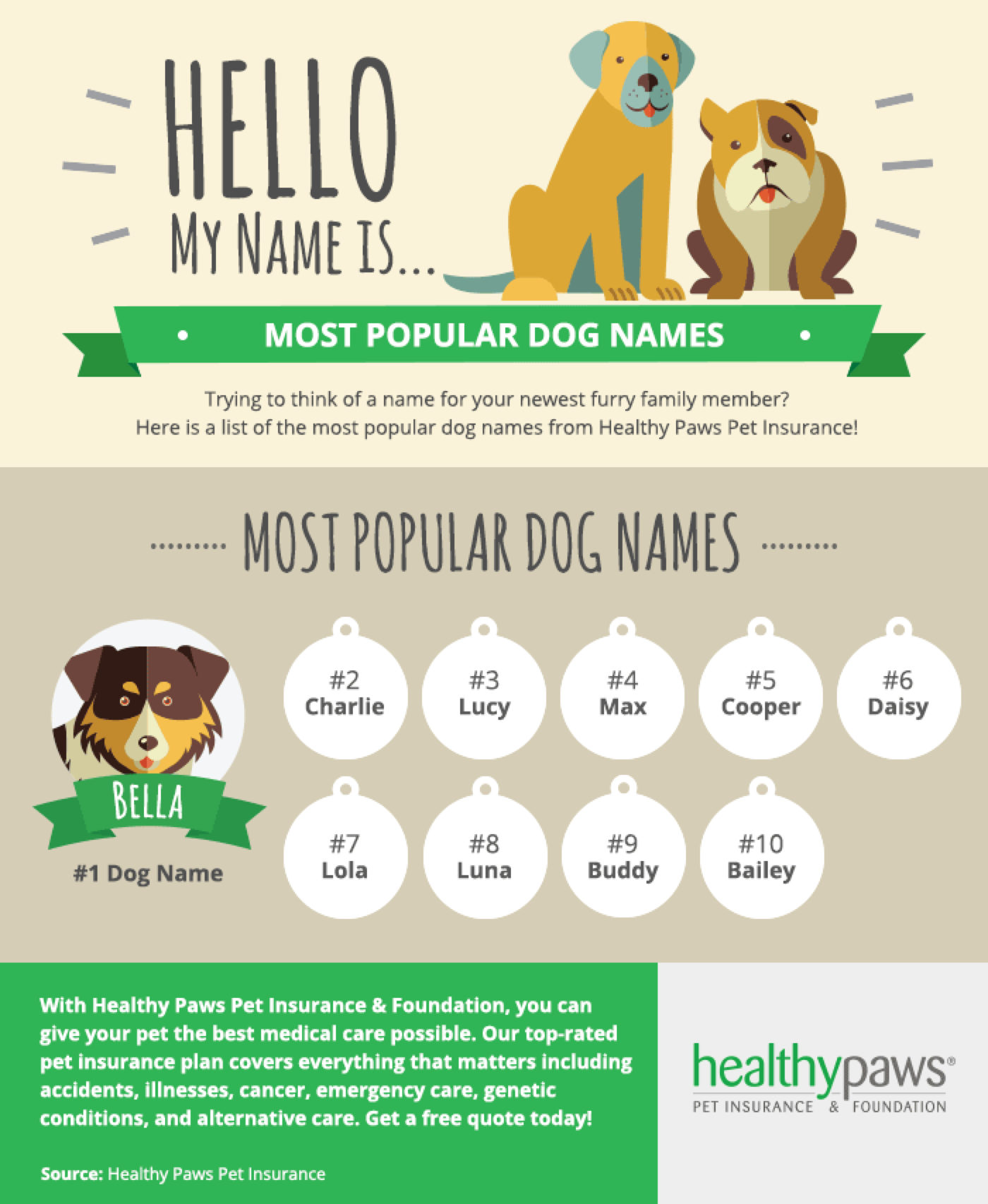
Other Words
While "No!" is the most common word that people yell at their dogs, there are other words that can be used as well. "Stop!" and "Off!" are two other words that are commonly used to discipline dogs. It's important to find a word that works for you and your dog and to use it consistently.
Training Techniques
There are different techniques that can be used to train a dog. One method is positive reinforcement, which involves rewarding a dog for good behavior. Another method is clicker training, which involves using a clicker to signal to the dog that it has done something right. It's important to find a training method that works for you and your dog.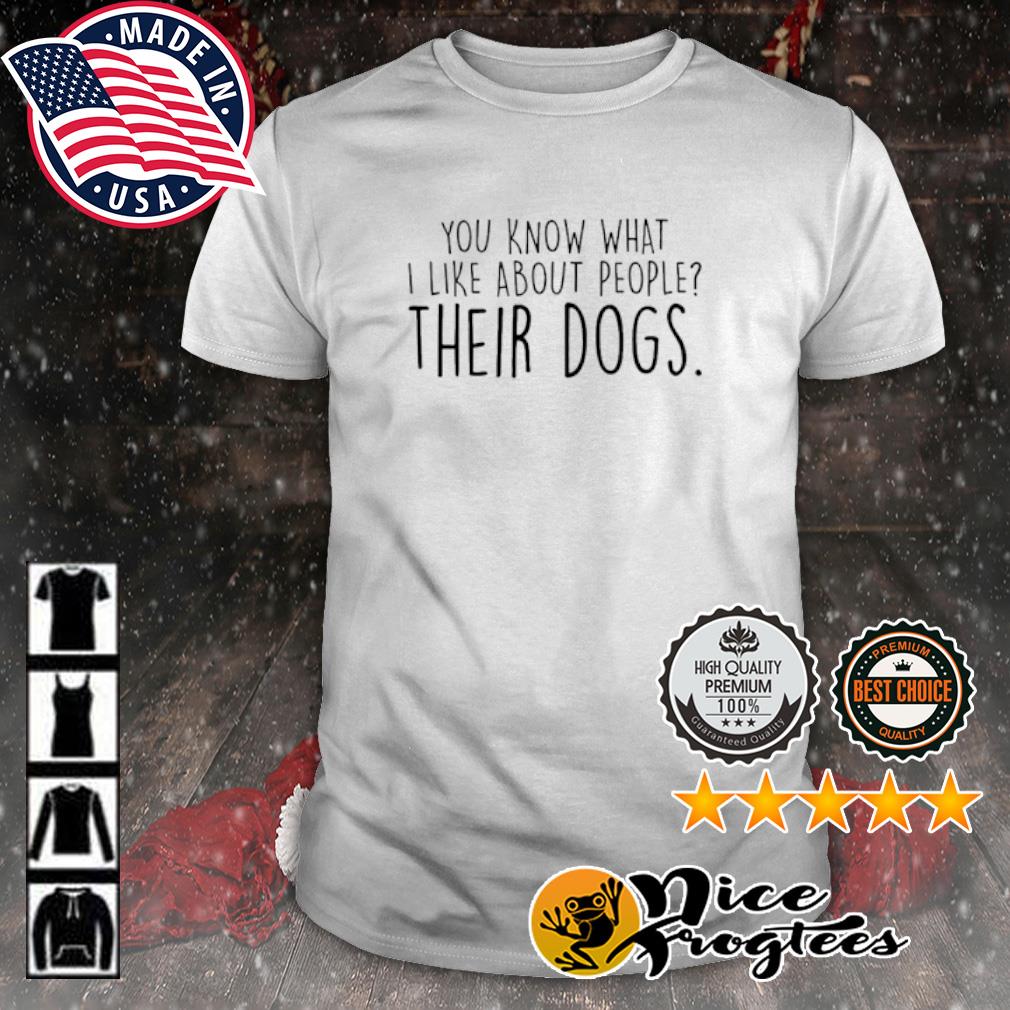
When to Use "No!"
While "No!" can be an effective way to discipline a dog, it's important to use it in the right way. It should only be used when the dog is doing something that could be harmful or dangerous, such as chewing on electrical cords or trying to run into the street. Using "No!" too often can make it lose its effectiveness.
Positive Reinforcement Examples
Positive reinforcement can be a great way to train a dog. Here are some examples of positive reinforcement:- Giving the dog a treat when it does something right- Praising the dog when it obeys a command- Playing with the dog when it is behaving wellClicker Training Examples
Clicker training is a method that uses a clicker to signal to the dog that it has done something right. Here are some examples of clicker training:- Clicking the clicker when the dog sits on command- Clicking the clicker when the dog comes when called- Clicking the clicker when the dog stays in place on command
Consistency is Key
When training a dog, consistency is key. It's important to use the same word or command every time and to reward the dog when it obeys. Inconsistency can confuse the dog and make it harder to train.
Conclusion
In conclusion, "No!" is the word that most people yell at their dogs. While yelling can be effective in getting a dog's attention, it's important to use positive reinforcement and other training techniques as well. Consistency is key when training a dog, and it's important to find a training method that works for you and your dog.Related video of Name A Word That Most People Yell At Their Dogs
The nail bed is a crucial part of our nails, it is the skin on which the nail plate sits. The nail bed is responsible for giving the nails their shape and support. When it gets damaged or injured, it can lead to nail bed loss. If you have lost your nail bed, you may be wondering if it will ever grow back. In this article, we will discuss everything you need to know about nail bed grow back.
What Causes Nail Bed Loss?

Nail bed loss can be caused by a number of factors, including:
- Injury
- Infection
- Tumor
- Chemotherapy
- Psoriasis
- Raynaud's disease
If you have lost your nail bed due to any of these reasons, your nail may not grow back. However, in some cases, the nail bed can regrow and the nail can grow back.
Can Nail Bed Grow Back?

Yes, in some cases, the nail bed can grow back. The nail bed has the ability to regenerate and can grow back over time. However, it may take several months or even years for the nail bed to fully grow back.
How to Promote Nail Bed Grow Back?

If you are looking to promote nail bed grow back, there are a few things you can do:
- Take care of your nails
- Keep your nails clean and dry
- Apply a moisturizer to your nails and cuticles
- Eat a balanced diet rich in vitamins and minerals
- Avoid biting your nails or picking at them
By taking care of your nails and following good nail hygiene, you can help promote nail bed grow back.
When to See a Doctor?
If you have lost your nail bed due to an injury or infection, it is important to see a doctor. Your doctor can examine your nail and determine if the nail bed has been damaged or if it can grow back. Your doctor may recommend treatments such as antibiotics or surgery to help promote nail bed grow back.
Conclusion
Nail bed loss can be a frustrating and painful experience. While in some cases the nail bed may not grow back, it is possible for it to regenerate and the nail to grow back. By taking care of your nails and following good nail hygiene, you can promote nail bed grow back. If you have lost your nail bed due to an injury or infection, it is important to see a doctor to determine if the nail bed can grow back.
Related video of Nail Bed Grow Back: What You Need to Know
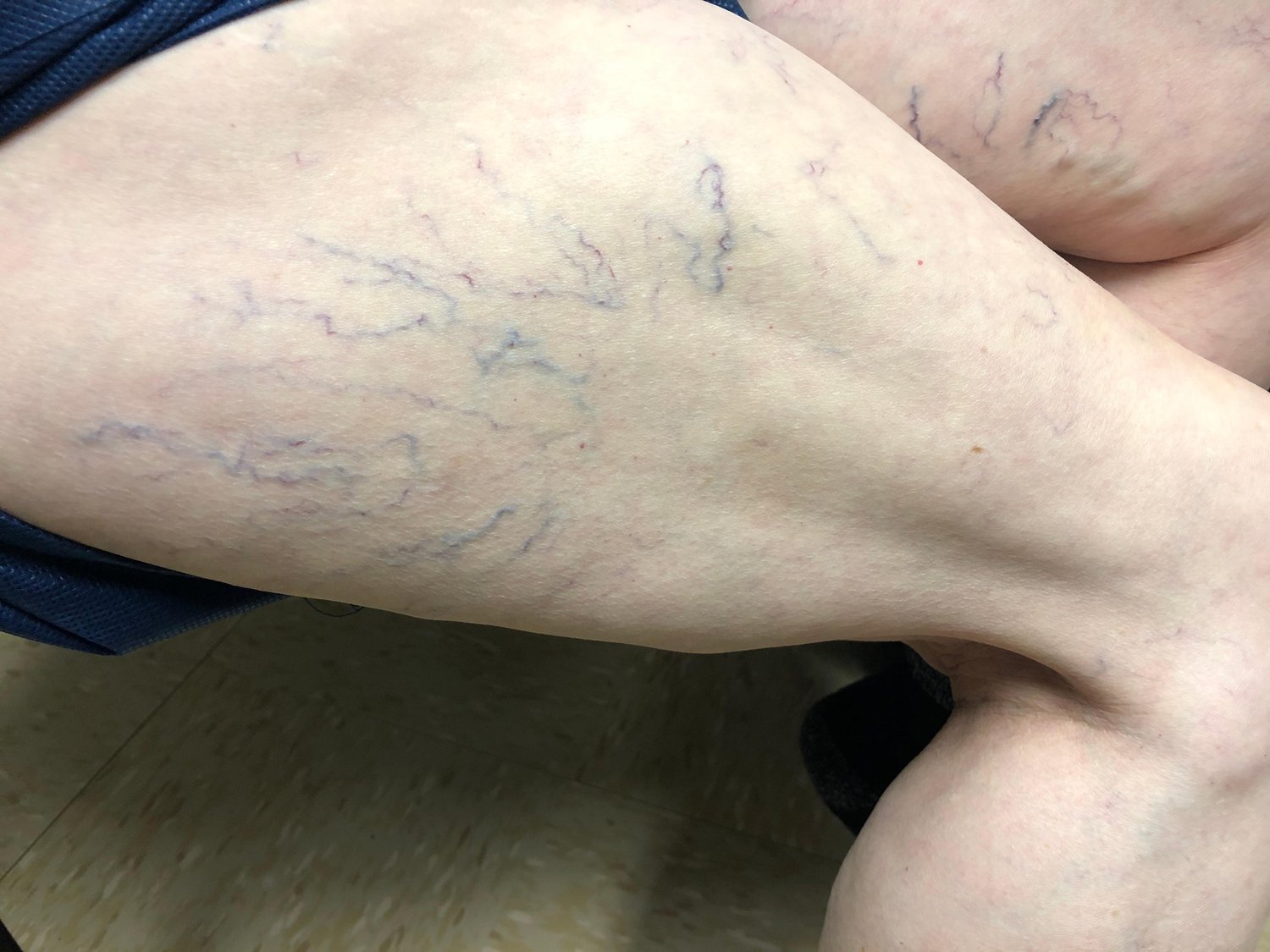
Introduction
Have you ever wondered why your veins appear blue? You're not alone. Many people have the same curiosity. Well, the answer is not as simple as you may think. In this article, we will explore the reasons why your veins appear blue and discuss how your blood circulation works.
Understanding Blood Circulation
Blood circulation is the process by which blood moves through your body. It is responsible for delivering oxygen and nutrients to your cells and organs and removing waste products. Your heart is the key player in this process. It pumps blood throughout your body through a network of blood vessels, including arteries, veins, and capillaries.
Why Are Veins Blue?
Contrary to popular belief, veins are not actually blue. They appear blue or green in color because of the way that light penetrates your skin. Your skin absorbs most of the colors in the light spectrum, but blue and green wavelengths are able to penetrate deeper into your skin and are reflected back to your eyes. This is why your veins appear blue or green.
The Role of Hemoglobin
Hemoglobin is a protein found in red blood cells that is responsible for carrying oxygen from your lungs to your organs and tissues. When oxygen binds to hemoglobin, it gives your blood a bright red color. However, when hemoglobin is not bound to oxygen, it appears dark red or blue in color. This is why your veins may appear blue or green, as they contain blood with low levels of oxygen.

The Importance of Healthy Blood Circulation
Healthy blood circulation is essential for maintaining good health. Poor circulation can lead to a range of health issues, including high blood pressure, heart disease, and stroke. To maintain healthy circulation, it is important to exercise regularly, eat a balanced diet, and avoid smoking and excessive alcohol consumption.
Common Circulatory Disorders
There are several circulatory disorders that can affect your blood circulation. These include:
- Peripheral artery disease (PAD)
- Varicose veins
- Deep vein thrombosis (DVT)
- Raynaud's disease
If you experience symptoms such as numbness, tingling, or swelling in your limbs, it is important to speak with your healthcare provider.

Ways to Improve Blood Circulation
There are several ways to improve your blood circulation, including:
- Exercise regularly
- Eat a healthy diet
- Avoid smoking and excessive alcohol consumption
- Stay hydrated
- Practice stress-reducing activities such as yoga and meditation
Conclusion
Understanding your blood circulation is important for maintaining good health. While your veins may appear blue or green, it is simply an optical illusion caused by the way that light penetrates your skin. To maintain healthy circulation, it is important to take care of your body through regular exercise, a healthy diet, and other lifestyle choices.
Related video of My Veins Are Blue: Understanding Your Blood Circulation
Dark circles under the eyes are a common problem faced by many people. When it comes to children, parents often get worried and concerned about their child's health. If you have noticed dark circles under your son's eyes, it is important to understand the cause and take necessary measures to treat it.
What are Dark Circles Under Eyes?
Dark circles under the eyes are the discoloration of the skin beneath the lower eyelids. They can appear in many ways, including black, blue, or purple. It can affect anyone, regardless of age and gender. However, it is more common in children and older adults.
What Causes Dark Circles Under Eyes?
There are several reasons why your son may have dark circles under his eyes. Some of the common causes include:
- Genetics: If you or your partner have dark circles under your eyes, there is a high chance that your child may have it too.
- Allergies: Allergies can cause inflammation and swelling, leading to dark circles under the eyes.
- Lack of sleep: Not getting enough sleep can cause the blood vessels under the eyes to dilate, leading to dark circles.
- Dehydration: Not drinking enough water can make the skin look dull and dry, making the dark circles more prominent.
- Nutrition: Poor nutrition can cause the skin to become pale and thin, making the dark circles more noticeable.
- Medical conditions: Medical conditions such as anemia, eczema, and thyroid problems can cause dark circles under the eyes.
How to Treat Dark Circles Under Eyes?
The treatment for dark circles under the eyes depends on the cause. Here are some tips that can help:
- Get enough sleep: Make sure your son is getting enough sleep. Children between the ages of 6 to 12 need 9-12 hours of sleep per night.
- Hydrate: Encourage your son to drink plenty of water to keep his skin hydrated.
- Nutrition: Make sure your son is getting a balanced diet that includes fruits, vegetables, and whole grains.
- Reduce allergies: If your son has allergies, take steps to reduce his exposure to allergens.
- Use eye creams: Eye creams containing caffeine, vitamin C, and retinol can help reduce the appearance of dark circles.
- Medical treatment: If the dark circles are caused by a medical condition, consult a doctor for proper treatment.

Prevention is Better Than Cure
Preventing dark circles under the eyes is easier than treating them. Here are some tips that can help:
- Establish a bedtime routine: Encourage your son to go to bed at the same time every night and wake up at the same time every morning.
- Limit screen time: Avoid using electronic devices before bedtime as it can interfere with sleep.
- Hydrate: Make sure your son is drinking enough water throughout the day.
- Healthy diet: Encourage your son to eat a balanced diet that includes fruits, vegetables, and whole grains.
- Exercise: Encourage your son to engage in physical activity for at least 30 minutes every day.
- Sun protection: Use sunscreen and sunglasses to protect your son's skin from the harmful effects of the sun.
When to See a Doctor?
If your son's dark circles do not improve with home remedies or if they are accompanied by other symptoms such as itching, redness, or swelling, consult a doctor for proper diagnosis and treatment.
Conclusion
Dark circles under the eyes can be a cause for concern for parents. However, with proper care and treatment, it can be managed effectively. Encourage your son to follow a healthy lifestyle and take necessary measures to prevent and treat dark circles under the eyes.
Related video of My Son Has Dark Circles Under Eyes

Do you suffer from a runny nose that never seems to go away? If so, you're not alone. Many people experience a constant drip from their nose, which can be frustrating and inconvenient. In this article, we'll take a closer look at some of the causes of a runny nose and offer some tips for how to manage it.
What Causes a Runny Nose?

There are many possible causes of a runny nose. One of the most common is allergies. When your body comes into contact with an allergen, such as pollen or pet dander, it produces histamine, which can cause your nose to run. Other common causes include colds and flu, sinus infections, and exposure to irritants like smoke or pollution.
How to Manage a Runny Nose

If you're dealing with a runny nose, there are several things you can do to manage it. Here are a few tips:
- Use a saline nasal spray to help flush out your nasal passages.
- Take an over-the-counter antihistamine to reduce the amount of histamine in your body.
- Avoid irritants like smoke and pollution.
- Keep your home clean and dust-free.
- Stay hydrated by drinking plenty of fluids.
- Use a humidifier to add moisture to the air in your home.
When to See a Doctor
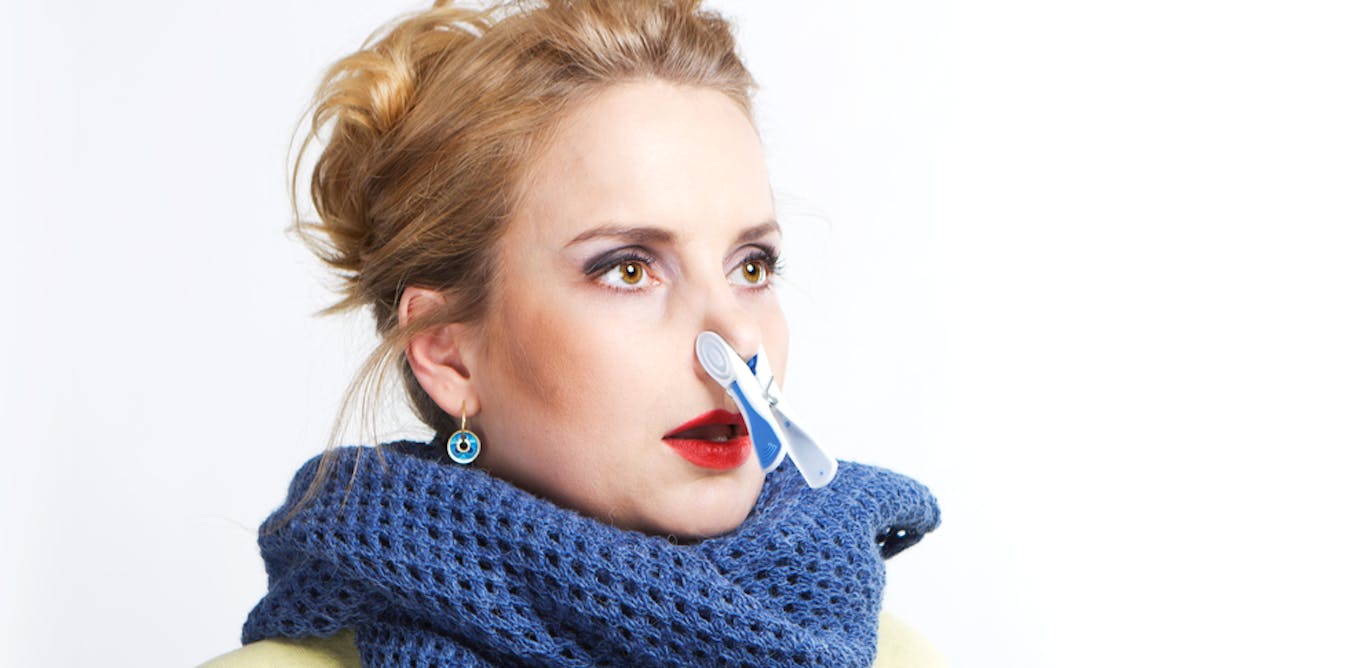
While a runny nose is usually nothing to worry about, there are times when you should see a doctor. If your symptoms last longer than 10 days, you may have a sinus infection that requires medical treatment. You should also see a doctor if you have a fever, severe headaches, or other symptoms that suggest a more serious condition.
Conclusion
A runny nose can be annoying, but it's usually nothing to worry about. By taking steps to manage your symptoms and avoiding irritants, you can help reduce the amount of mucus your body produces. And if your symptoms persist, don't hesitate to see a doctor for further evaluation.
Related video of My Nose Is Always Running
Introduction
Miniature Schnauzers are adorable and loving dogs that are known for their playful and affectionate nature. However, they can also be quite mischievous and curious animals, which can sometimes lead to them getting into things they shouldn't. One of the most dangerous things that your Miniature Schnauzer can get into is chocolate.
Why is Chocolate Dangerous for Dogs?
Chocolate contains a chemical called theobromine, which is toxic to dogs. Theobromine is found in all types of chocolate, but it is most concentrated in dark chocolate and unsweetened baking chocolate. Theobromine affects a dog's central nervous system, heart, and kidneys, and can cause vomiting, diarrhea, seizures, and even death in severe cases.
What to Do if Your Miniature Schnauzer Eats Chocolate
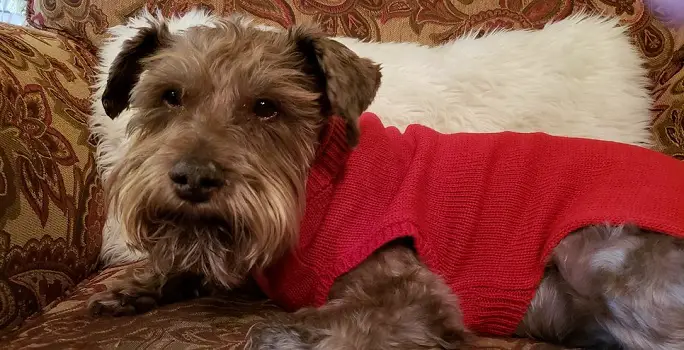
If you suspect that your Miniature Schnauzer has eaten chocolate, it is important to act quickly. The first thing you should do is call your veterinarian for advice. Depending on the amount and type of chocolate your dog has eaten, your veterinarian may recommend inducing vomiting or bringing your dog in for treatment.
It is important to note that you should never induce vomiting or give your dog any medication without first consulting with a veterinarian. Giving your dog the wrong medication or dosage can make things worse and could even be fatal.
Preventing Your Miniature Schnauzer from Eating Chocolate
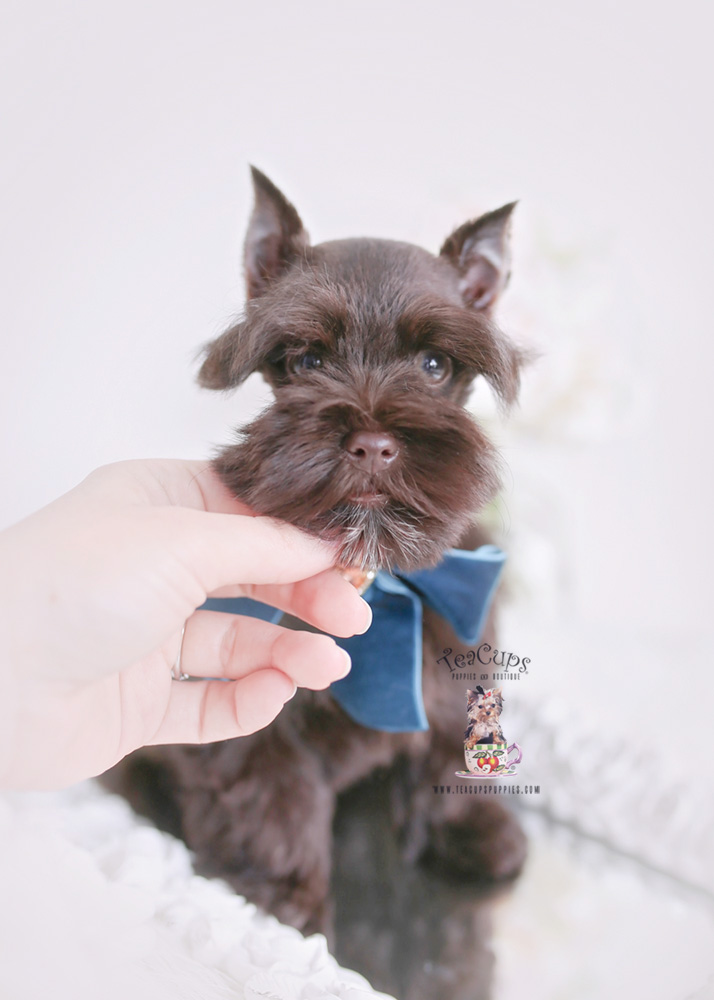
The best way to prevent your Miniature Schnauzer from eating chocolate is to keep all chocolate products out of reach. This includes chocolate candy, baking chocolate, cocoa powder, and even chocolate-flavored products like ice cream and cake.
If you have children in the house, be sure to teach them about the dangers of chocolate for dogs and make sure they understand the importance of keeping chocolate out of reach of your pets.
Symptoms of Chocolate Poisoning in Dogs
The symptoms of chocolate poisoning in dogs can vary depending on the amount and type of chocolate your dog has consumed. Some of the most common symptoms include:
- Vomiting
- Diarrhea
- Increased thirst
- Restlessness
- Rapid breathing
- Increased heart rate
- Tremors or seizures
Conclusion
In conclusion, it is important to keep all chocolate products out of reach of your Miniature Schnauzer to prevent them from getting into something dangerous. If you suspect that your dog has eaten chocolate, call your veterinarian for advice immediately. Remember, the sooner you act, the better the outcome will be for your furry friend.
Related video of My Miniature Schnauzer Ate Chocolate
Introduction
Having a new kitten at home can be exciting and fun, but it also requires a lot of care and attention. Accidents can happen, and one of the most common ones is when a kitten falls from a height. In this article, we will discuss what to do if your kitten falls from a height and how to prevent it from happening again.
How It Happened
It's important to understand how your kitten fell from a height to prevent it from happening again. Maybe your kitten climbed up on a bookshelf or a table and accidentally slipped or jumped down. Or maybe your kitten was playing with another pet and fell off a higher surface. In any case, it's important to assess the situation and make sure your kitten is safe.

Assessing The Damage
If your kitten falls from a height, the first thing you should do is assess the damage. Check for any visible injuries or signs of pain, such as limping or difficulty breathing. You should also keep an eye on your kitten's behavior and look for any changes in appetite or energy levels.
When To Take Your Kitten To The Vet
If your kitten shows any signs of pain or injury, you should take them to the vet right away. The vet will be able to assess the extent of the damage and provide the necessary treatment. Even if your kitten appears to be okay, it's still a good idea to take them to the vet for a check-up, just to be safe.

Preventing It From Happening Again
To prevent your kitten from falling from a height again, you should make sure your home is a safe environment for them. Keep all high surfaces, such as shelves and tables, clear of any objects that your kitten might try to climb on. You can also consider installing safety nets or barriers to prevent your kitten from accessing higher areas.
Training Your Kitten
Training your kitten can also help prevent accidents. Teaching your kitten commands such as "down" or "off" can help them understand that certain areas are off-limits. You can also provide your kitten with plenty of toys and scratching posts to keep them entertained and prevent them from climbing on furniture.

Conclusion
If your kitten falls from a height, it's important to assess the damage and take them to the vet if necessary. You can also take steps to prevent it from happening again, such as making your home a safe environment and training your kitten. With a little bit of care and attention, you can help ensure that your kitten stays happy and healthy.
Related video of My Kitten Fell From A Height
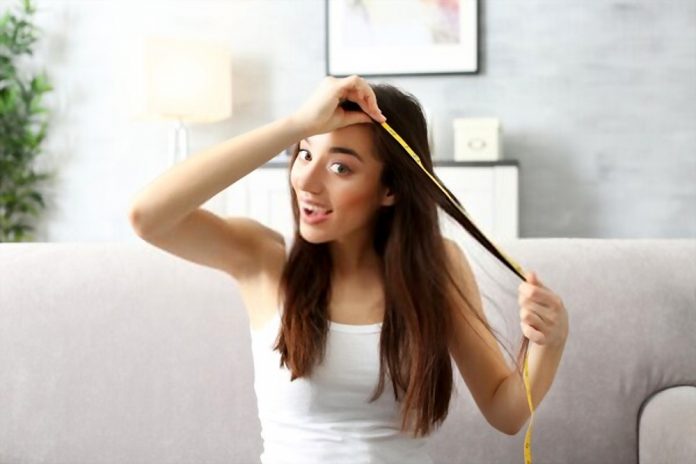
Do you feel like your hair never grows? Are you frustrated with your slow hair growth? This can be a common problem for many people, but there are several things you can do to help promote healthy hair growth. In this article, we will explore some of the reasons why hair may grow slowly and what you can do to help speed up the process.
Genetics

One of the main reasons why hair may grow slowly is due to genetics. Your hair growth rate is largely determined by your DNA, so if your family members have slow hair growth, it's likely that you will too. Unfortunately, there's not much you can do to change your genetics, but there are still ways to promote healthy hair growth.
Diet

Your diet can have a significant impact on your hair growth rate. Eating a diet that is rich in vitamins and minerals, such as vitamin C, B vitamins, and iron, can help promote healthy hair growth. On the other hand, a diet that is lacking in these nutrients can lead to slow hair growth.
Hormones

Hormones can also play a role in hair growth. For example, hormonal imbalances such as those caused by thyroid problems or polycystic ovary syndrome (PCOS) can lead to slow hair growth. If you suspect that a hormonal imbalance may be contributing to your slow hair growth, it's important to see a doctor for proper diagnosis and treatment.
Stress

Stress can have a negative impact on many aspects of your health, including your hair. High levels of stress can lead to hair loss and slow hair growth. Incorporating stress-reducing activities into your routine, such as yoga or meditation, can help promote healthy hair growth.
Heat Styling

Heat styling tools, such as hair straighteners and curling irons, can cause damage to your hair and slow down hair growth. If you must use heat styling tools, be sure to use a heat protectant spray and avoid using them on a daily basis.
Tight Hairstyles

Tight hairstyles, such as braids and ponytails, can also contribute to slow hair growth. These styles can put tension on your hair follicles, which can lead to hair breakage and slow down the growth process. Try to avoid tight hairstyles as much as possible and opt for looser styles instead.
Chemical Treatments

Chemical treatments, such as coloring and perming, can also cause damage to your hair and slow down hair growth. If you must use these treatments, be sure to give your hair plenty of time to recover in between treatments.
Scalp Health

The health of your scalp can also impact hair growth. If your scalp is dry and flaky, it can lead to hair breakage and slow growth. Using a gentle shampoo and conditioner and avoiding harsh chemicals can help keep your scalp healthy and promote healthy hair growth.
Age
As we age, our hair growth rate naturally slows down. This is due to a decrease in the number of hair follicles and a decrease in the production of certain hormones. While there's not much you can do to stop the aging process, you can still take steps to promote healthy hair growth at any age.
Conclusion
If your hair grows slowly, there may be several factors at play. Genetics, diet, hormones, stress, heat styling, tight hairstyles, chemical treatments, scalp health, and age can all impact hair growth. By taking steps to promote healthy hair growth, such as eating a nutritious diet, reducing stress, and avoiding damaging hair practices, you can help speed up the process. Remember, healthy hair growth takes time, so be patient and consistent in your efforts.
Related video of My Hair Grows So Slow

Introduction
Have you ever experienced a sensation that your eye is about to pop out? This feeling can be extremely uncomfortable and alarming. It is essential to understand the causes of this sensation and how to treat it. In this article, we will discuss the possible reasons behind the feeling of an eye about to pop out and the recommended treatments.
Causes of Eye Sensation

The sensation of an eye about to pop out can be caused by various reasons. One of the most common reasons is dry eyes. When the eyes are dry, they produce less lubrication, causing irritation and discomfort. This sensation can also occur due to allergies, which can cause itching, redness, and swelling in the eyes.
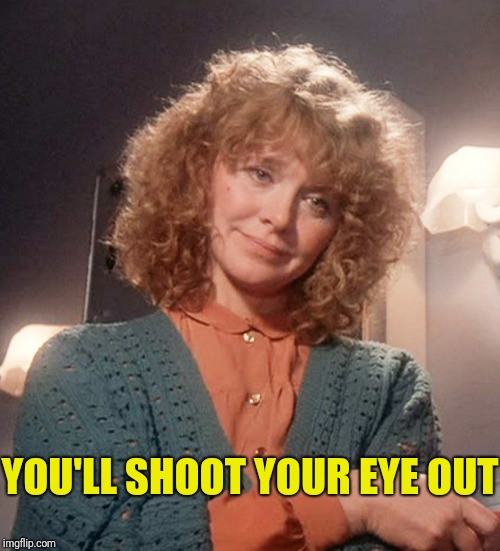
Another possible cause of the sensation of an eye about to pop out is a sinus infection. When we have a sinus infection, the sinuses become inflamed, causing pressure to build up in the area around the eyes. This pressure can result in the feeling of an eye about to pop out.

In some cases, the sensation of an eye about to pop out can be a symptom of a more severe condition. For example, Graves' disease is an autoimmune disorder that affects the thyroid gland. One of the symptoms of Graves' disease is bulging eyes, which can cause the sensation of an eye about to pop out.
Treatments for Eye Sensation

The treatment for the sensation of an eye about to pop out depends on the underlying cause. If the cause is dry eyes, using eye drops or artificial tears can help alleviate the discomfort. If allergies are causing the sensation, taking antihistamines or using allergy eye drops can help.

If the cause is a sinus infection, taking medication to relieve sinus pressure can help reduce the sensation of an eye about to pop out. In severe cases, surgery may be necessary to alleviate the pressure in the sinuses.
If the sensation of an eye about to pop out is due to Graves' disease, treating the underlying condition is essential. This may involve taking medication to regulate the thyroid gland or undergoing surgery to correct the bulging eyes.
Conclusion
The sensation of an eye about to pop out can be a frightening and uncomfortable experience. It is crucial to understand the possible causes of this sensation and how to treat it. By identifying the underlying cause and seeking appropriate treatment, you can alleviate the discomfort and prevent further complications.
Related video of My Eye Feels Like It's Gonna Pop Out: Causes and Treatment
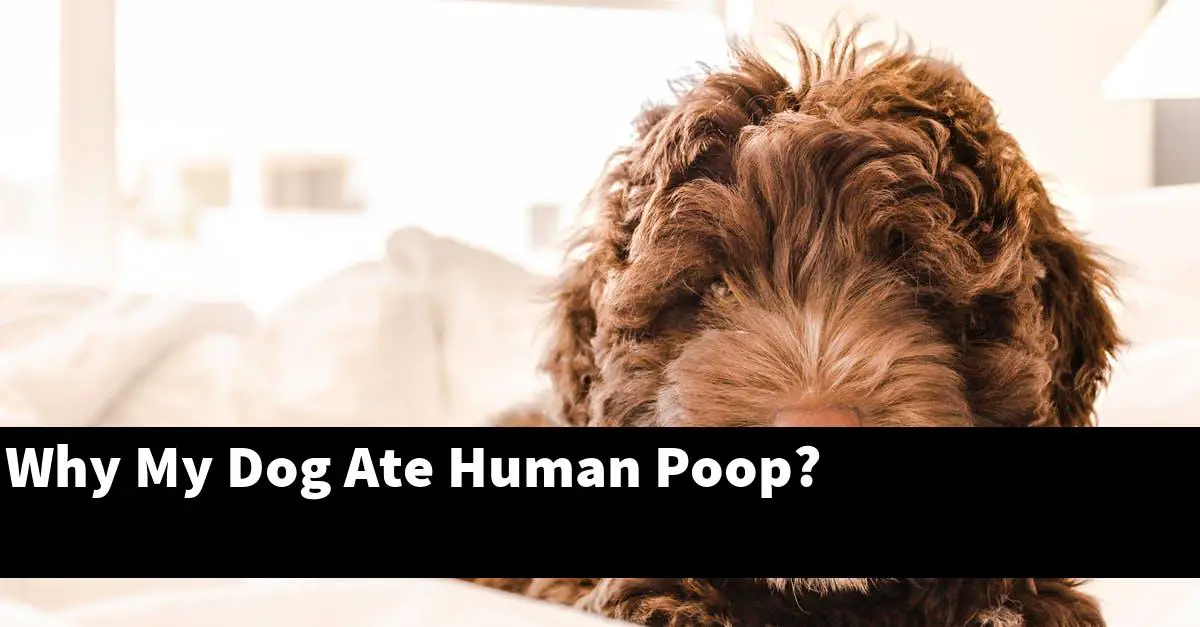
Introduction
Dogs are curious creatures, and sometimes they get into things they shouldn't. If your dog has eaten a human multivitamin, you may be wondering what to do next. While multivitamins are generally safe for humans, they can be dangerous for dogs. In this article, we'll discuss what to do if your dog has eaten a human multivitamin.What Are Multivitamins?
Multivitamins are supplements that contain a combination of vitamins and minerals. They are designed to help ensure that people get all the nutrients they need to stay healthy. Multivitamins come in many different forms, including tablets, capsules, gummies, and liquids.Why Are Multivitamins Dangerous for Dogs?
While multivitamins are safe for humans, they can be dangerous for dogs. Dogs have different nutritional requirements than humans, and some of the vitamins and minerals found in human multivitamins can be toxic to dogs in high doses. For example, iron can be toxic to dogs in large amounts, and vitamin D can cause kidney damage.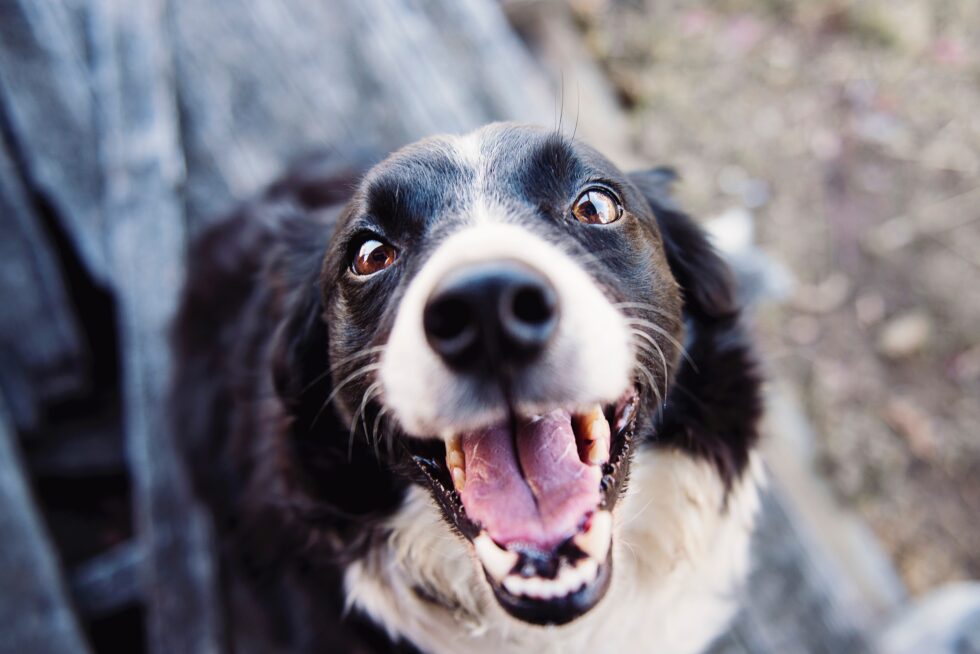
What Are the Symptoms of Multivitamin Poisoning?
If your dog has eaten a human multivitamin, they may exhibit the following symptoms:- Vomiting- Diarrhea- Loss of appetite- Lethargy- Increased thirst and urination- Abdominal pain- SeizuresIf your dog is exhibiting any of these symptoms, it's important to seek veterinary care immediately.What Should I Do If My Dog Ate a Human Multivitamin?
If your dog has eaten a human multivitamin, it's important to act quickly. Here are the steps you should take:1. Call Your Veterinarian: Contact your veterinarian or an animal poison control center immediately. They can advise you on what to do next.2. Determine How Much Your Dog Ate: Try to figure out how many vitamins your dog ate, and what kind they were. This will help your veterinarian determine the best course of action.3. Monitor Your Dog: Keep a close eye on your dog and monitor their symptoms. If they start exhibiting any of the symptoms listed above, seek veterinary care immediately.What Will the Vet Do?
When you take your dog to the veterinarian, they will likely perform the following steps:1. Induce Vomiting: If your dog has eaten the vitamins within the last two hours, the vet may induce vomiting to get rid of the vitamins.2. Administer Activated Charcoal: The vet may give your dog activated charcoal to help absorb any remaining vitamins in their system.3. Provide Supportive Care: Depending on your dog's symptoms, the vet may provide supportive care such as IV fluids or medication to help control vomiting.
How Can I Prevent This from Happening Again?
To prevent your dog from eating human multivitamins in the future, follow these tips:- Store vitamins and supplements in a secure location that your dog can't access.- Keep an eye on your dog when they are around vitamins or supplements.- Talk to your veterinarian about whether your dog needs any specific vitamins or supplements as part of their diet.Conclusion
If your dog has eaten a human multivitamin, it's important to act quickly. Contact your veterinarian or an animal poison control center right away, and monitor your dog closely for any symptoms of poisoning. With prompt veterinary care, most dogs will recover fully. To prevent this from happening again, take steps to keep vitamins and supplements out of your dog's reach.Related video of My Dog Ate A Human Multivitamin: What Should I Do?
ads
Search This Blog
Blog Archive
- October 2022 (15)
- September 2022 (31)
- August 2022 (31)
- July 2022 (30)
- June 2022 (30)
- May 2022 (32)
- April 2022 (30)
- March 2022 (30)
- February 2022 (21)
